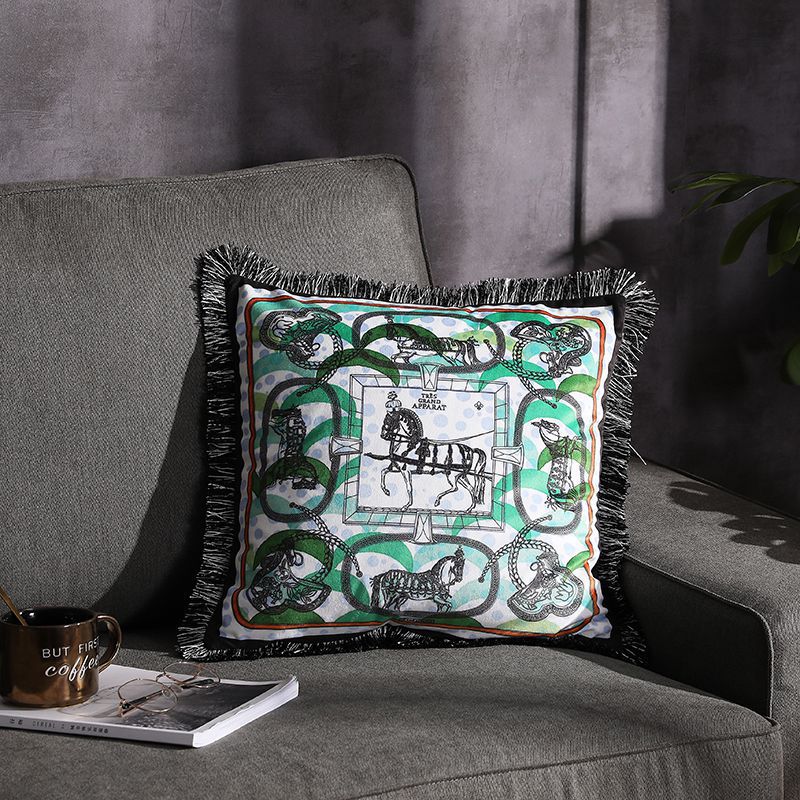Cushions are not only functional accessories but also design elements that can transform the look and feel of a space. In this comprehensive blog post, we delve into the art and science of cushion design, exploring how cushions enhance comfort, aesthetics, and overall interior design.
Comfort Factors: Cushions add a layer of padding to seating, enhancing comfort by providing support and softness.
Ergonomic Design: Well-designed cushions support the body’s natural curves, promoting healthy posture and reducing discomfort.
Materials Matter: Cushion materials, such as memory foam, gel, and down, contribute to varying levels of support and comfort.
Aesthetic Appeal: Cushions come in a wide range of colors, patterns, and textures, allowing them to complement or contrast with existing decor.
Versatile Styling: Mix and match cushions to create unique patterns and arrangements that reflect personal style.
Functional Uses: Cushions can serve as lumbar support, chair pads, or floor seating, adapting to different needs.
Customization: Some cushions offer adjustable firmness or removable inserts for a customized sitting experience.
Durability: High-quality cushion materials ensure longevity, maintaining their supportive properties over time.
In conclusion, cushion design combines comfort, ergonomic principles, material selection, aesthetic appeal, versatile styling, functional uses, customization, and durability. By incorporating well-designed cushions into interior spaces, individuals can achieve both enhanced comfort and visually pleasing aesthetics.







